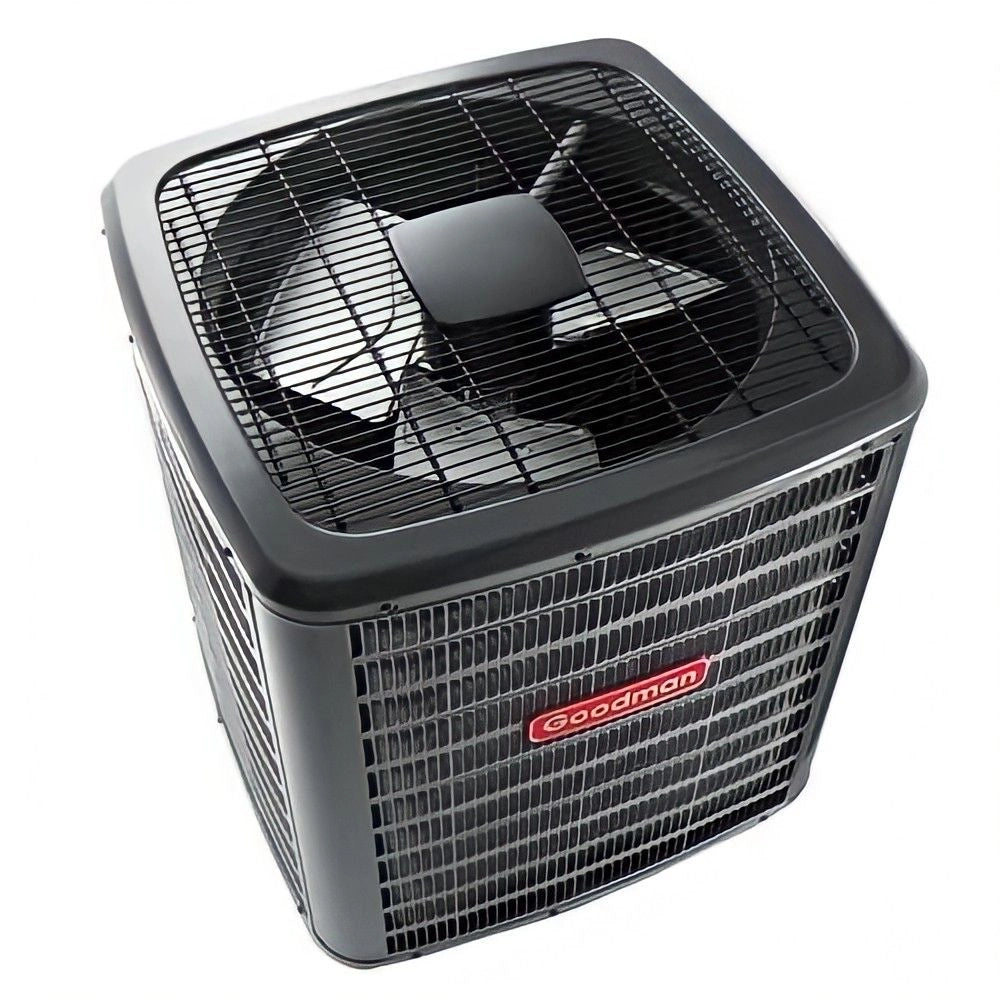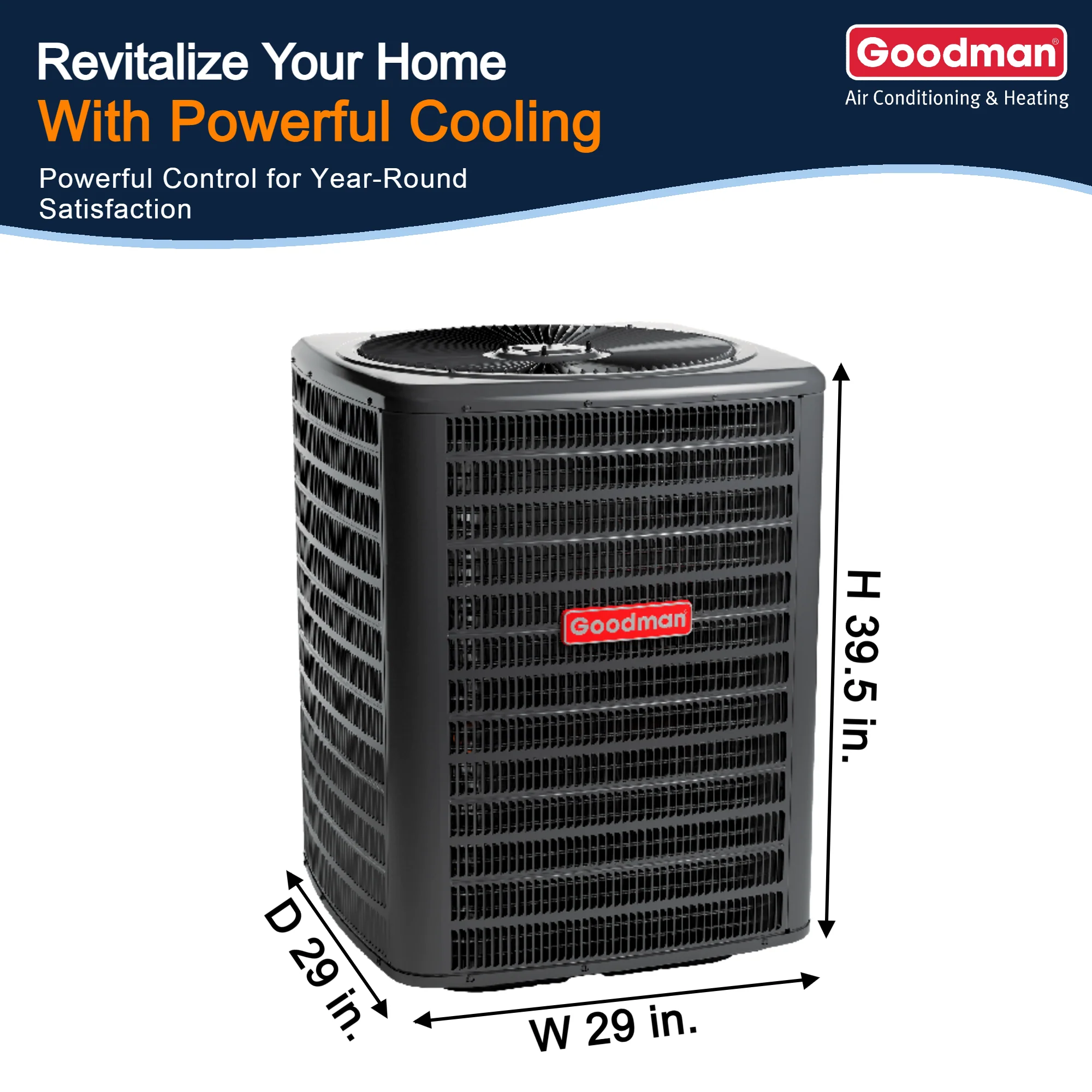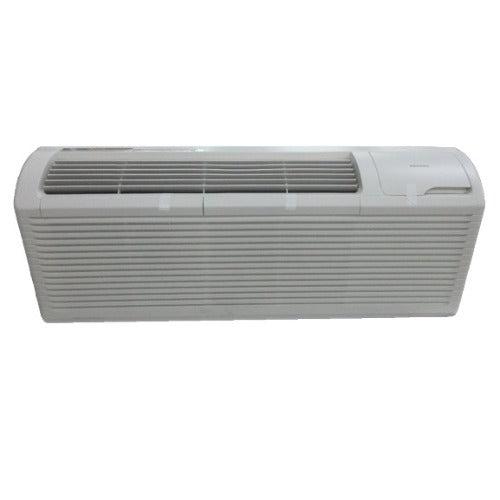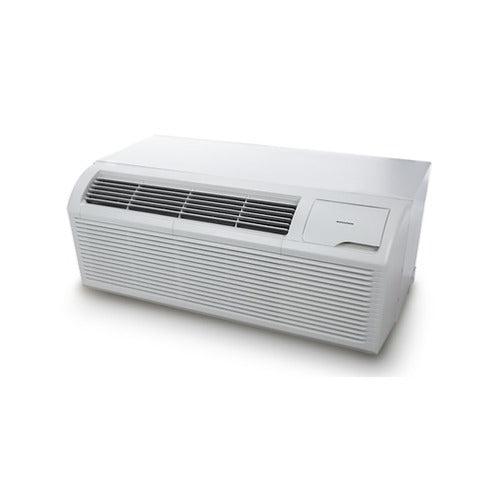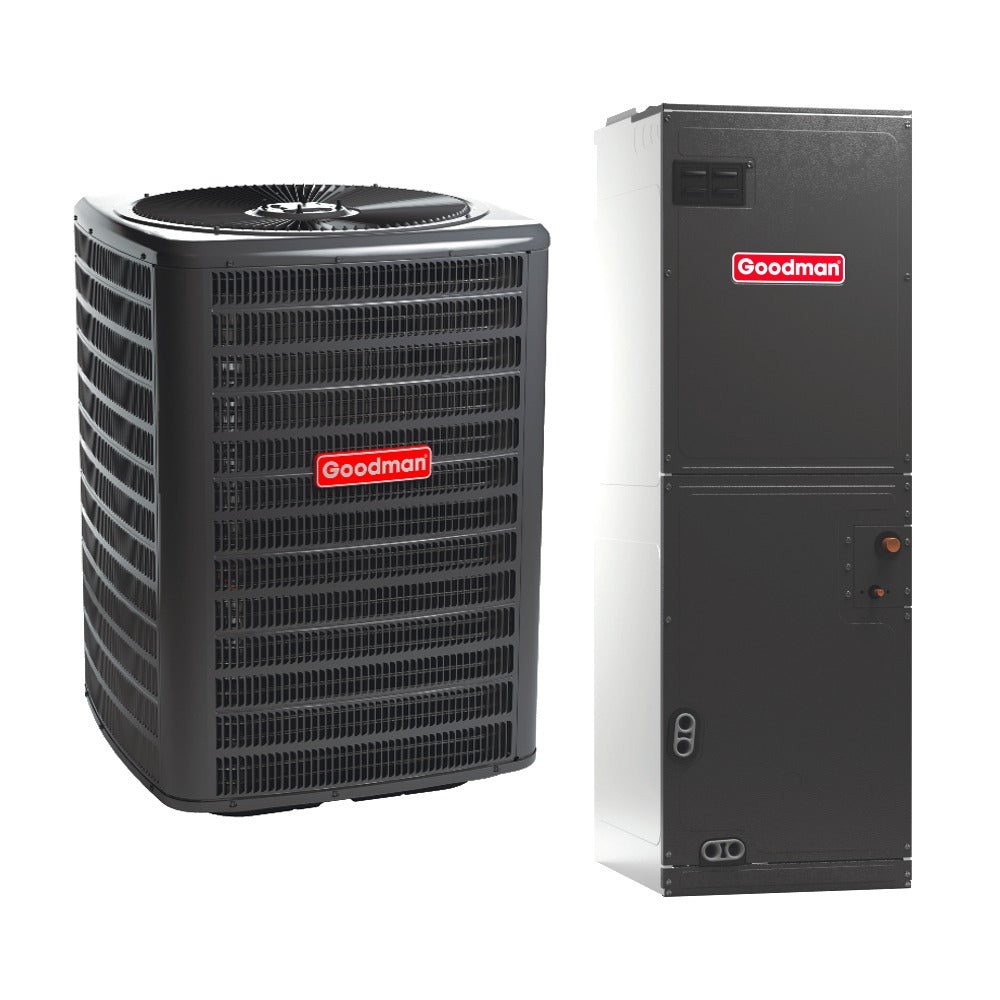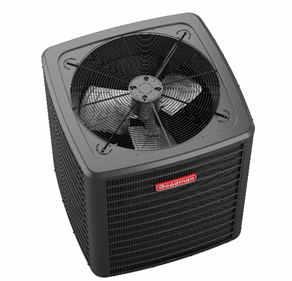Technological Advancements in R-32 AC and Gas Furnace Systems
Introduction
The HVAC industry continues to evolve with new technologies enhancing efficiency, sustainability, and comfort. R-32 air conditioners and high-efficiency gas furnaces incorporate smart controls, variable-speed systems, and eco-friendly refrigerants, making them better alternatives to older HVAC models.
This guide explores the latest technological advancements, how they impact performance and energy savings, and why upgrading to R-32 AC and gas furnace systems is a future-proof investment.
For official updates on HVAC innovations, visit ASHRAE’s HVAC Technology Guide.
1. Smart HVAC Technology and Automation
1.1 AI-Powered Smart Thermostats
- Adaptive learning – AI-driven thermostats like Google Nest and Ecobee learn user preferences to optimize temperature control.
- Energy tracking – Real-time reports help homeowners monitor HVAC efficiency.
- Remote control – Wi-Fi-enabled thermostats allow smartphone adjustments from anywhere.
🔗 Compare Smart Thermostats: Nest Learning Thermostat
1.2 Smart Zoning Systems
- Individually controlled zones provide customized comfort in different rooms.
- Motorized dampers adjust airflow based on room occupancy.
- Reduces energy waste by up to 30% compared to traditional systems.
🔗 More on Smart Zoning: Trane’s HVAC Zoning Technology
2. High-Efficiency Variable-Speed Technology
2.1 Variable-Speed Compressors in R-32 AC Units
- Adjust compressor speed based on cooling demand, unlike single-stage units that turn on/off.
- Lower energy consumption reduces cooling costs by 20-40%.
- Maintains consistent indoor temperature without drastic fluctuations.
🔗 More on Variable-Speed Compressors: Daikin’s R-32 Inverter Technology
2.2 Modulating Gas Furnace Burners
- Fine-tunes fuel usage to avoid energy waste.
- Works with variable-speed blowers for optimal heating efficiency.
- Provides whisper-quiet operation compared to traditional furnaces.
🔗 Learn More About Modulating Furnaces: Goodman’s Variable-Speed Furnace Guide
3. Refrigerant Advancements: The R-32 Revolution
3.1 Why R-32 is a Game-Changer
- Lower Global Warming Potential (GWP) of 675, compared to 2,088 for R-410A.
- Better energy efficiency – Requires 30% less refrigerant per system.
- Easier to recycle – Single-component refrigerant simplifies handling.
🔗 More on R-32’s Environmental Impact: EPA’s Refrigerant Transition Guide
3.2 Future Refrigerants: What’s Next?
- Research into hydrocarbon-based refrigerants for ultra-low emissions.
- HFO blends being developed for zero GWP impact.
- Regulations pushing HVAC manufacturers toward next-gen refrigerants.
🔗 More on Future Refrigerants: United Nations Climate Report on Cooling
4. Smart HVAC Monitoring and Predictive Maintenance
4.1 AI-Driven Predictive Maintenance
- Uses machine learning to detect early system issues.
- Predicts potential failures before breakdowns occur.
- Reduces repair costs by up to 40%.
🔗 More on Predictive HVAC Monitoring: Lennox’s Smart Diagnostic System
4.2 Smart Leak Detection for R-32 Refrigerant
- Sensors detect minor leaks before major refrigerant loss.
- Alerts sent via mobile app for instant monitoring.
- Ensures regulatory compliance with EPA refrigerant safety guidelines.
🔗 More on Leak Detection: ASHRAE’s Guide to Refrigerant Safety
5. The Future of HVAC Efficiency and Sustainability
5.1 Integration with Renewable Energy
- Solar-assisted HVAC systems are gaining popularity.
- Smart grid-enabled AC units adjust power consumption based on energy availability.
- High-efficiency heat pumps may replace fossil-fuel-based heating systems.
🔗 More on Renewable Energy HVAC Integration: DOE’s Clean Energy HVAC Report
5.2 Hydrogen-Powered Furnaces: A Future Possibility
- Hydrogen-compatible furnaces could eliminate CO₂ emissions.
- Pilot projects are underway in Europe and North America.
- Could replace natural gas furnaces in the next 10-15 years.
6. Final Verdict: Why Upgrade to an Advanced R-32 AC and Gas Furnace System?
✅ Best for:
✔️ Homeowners seeking maximum energy efficiency.
✔️ Those looking for smart HVAC automation.
✔️ Consumers prioritizing eco-friendly refrigerants.
❌ May not be ideal for:
❌ Homes with outdated ductwork needing major retrofits.
❌ Short-term homeowners who won’t recoup investment.
❌ Those preferring traditional, manually operated HVAC systems.
Conclusion
R-32 air conditioners and high-efficiency gas furnaces represent the future of sustainable, smart HVAC technology. With AI automation, variable-speed efficiency, and predictive maintenance, these systems provide enhanced comfort, energy savings, and reduced environmental impact.
For cutting-edge R-32 AC and gas furnace systems, explore The Furnace Outlet’s Latest HVAC Innovations.


